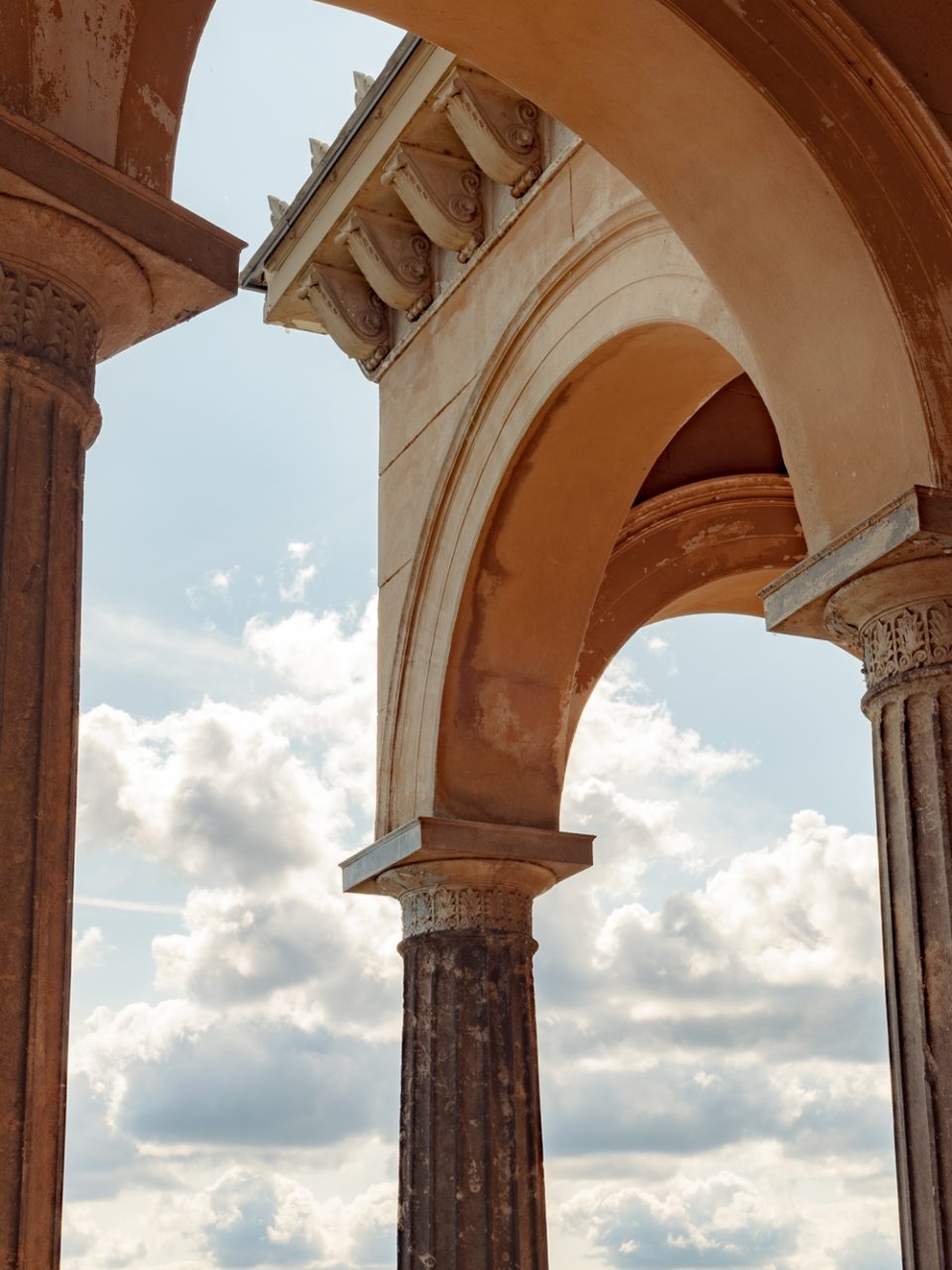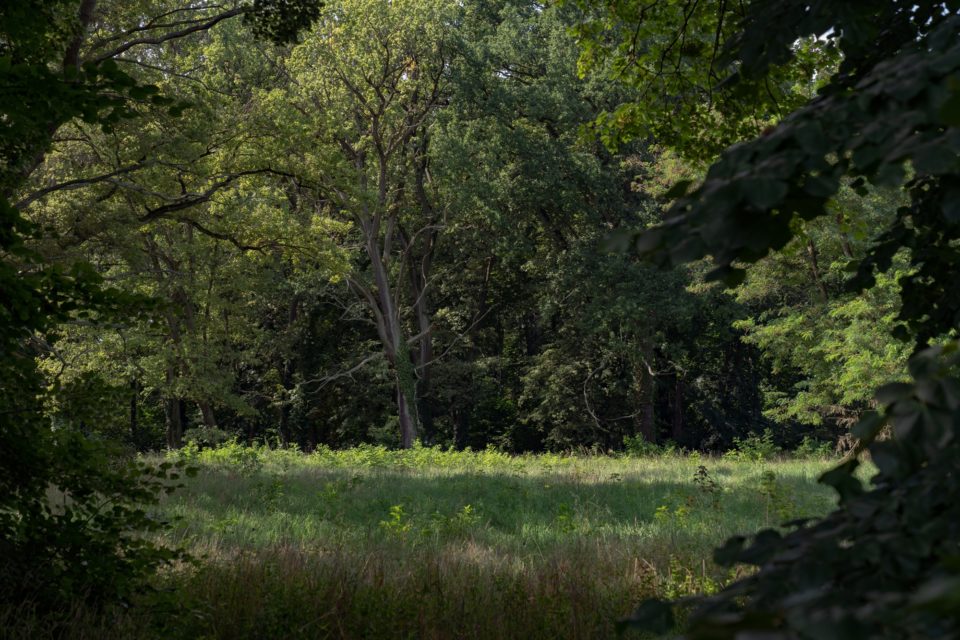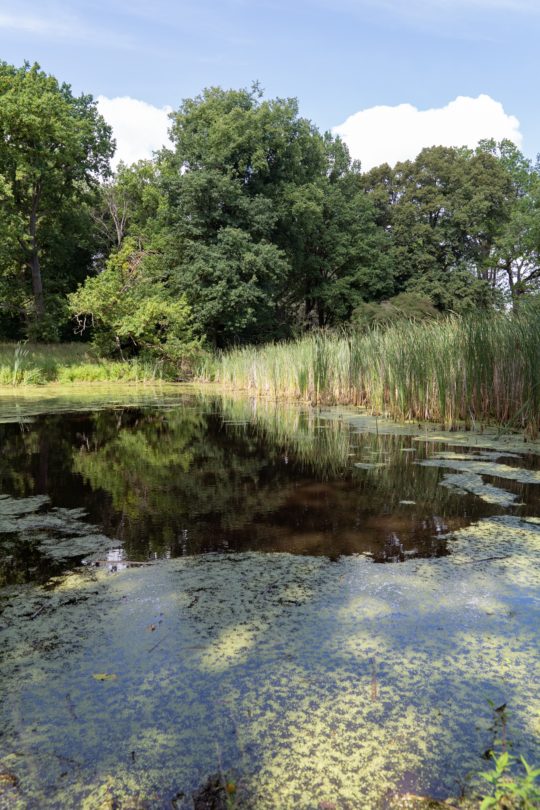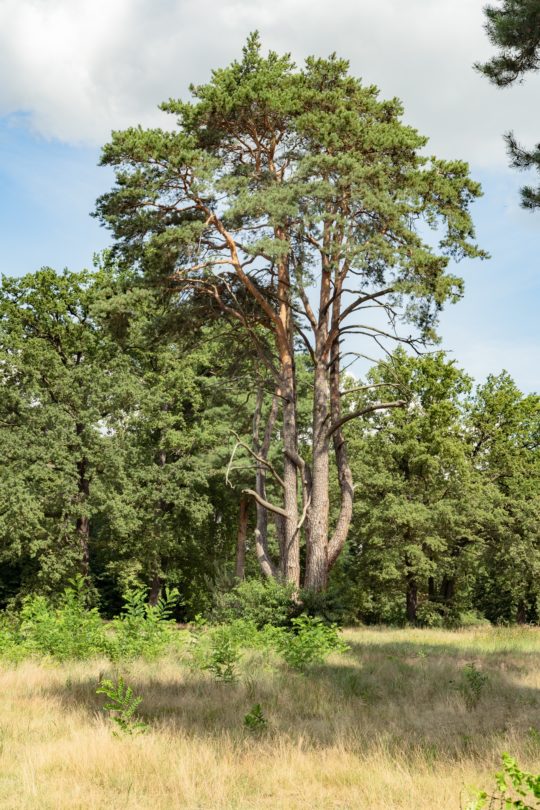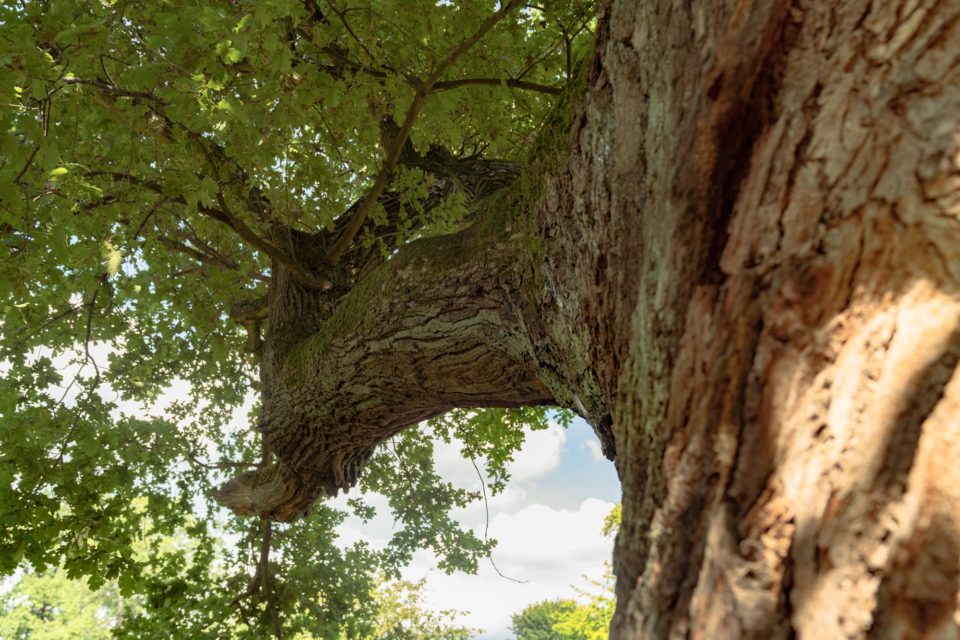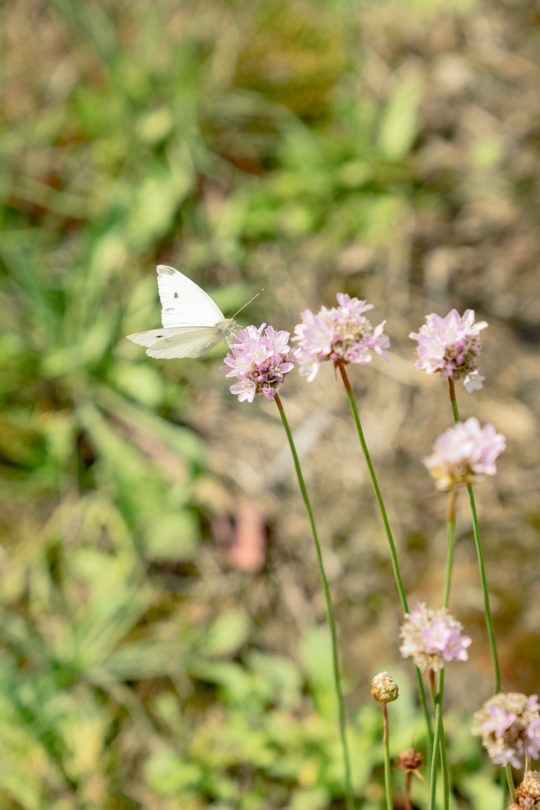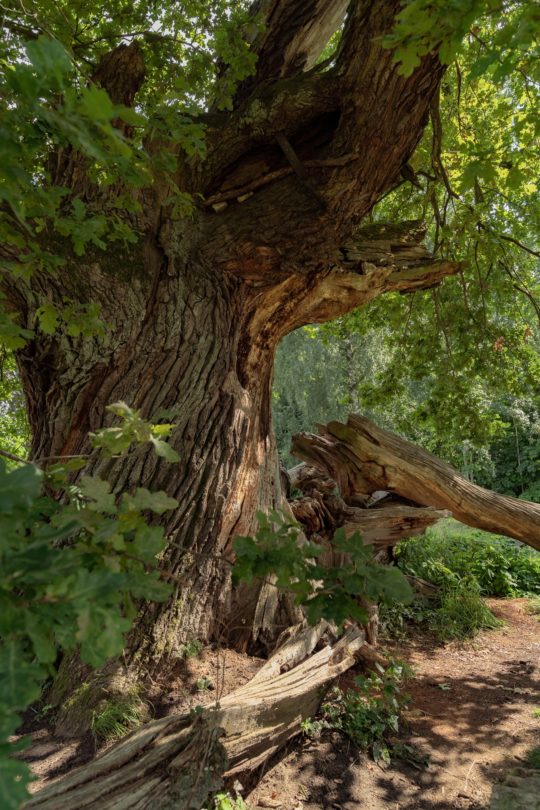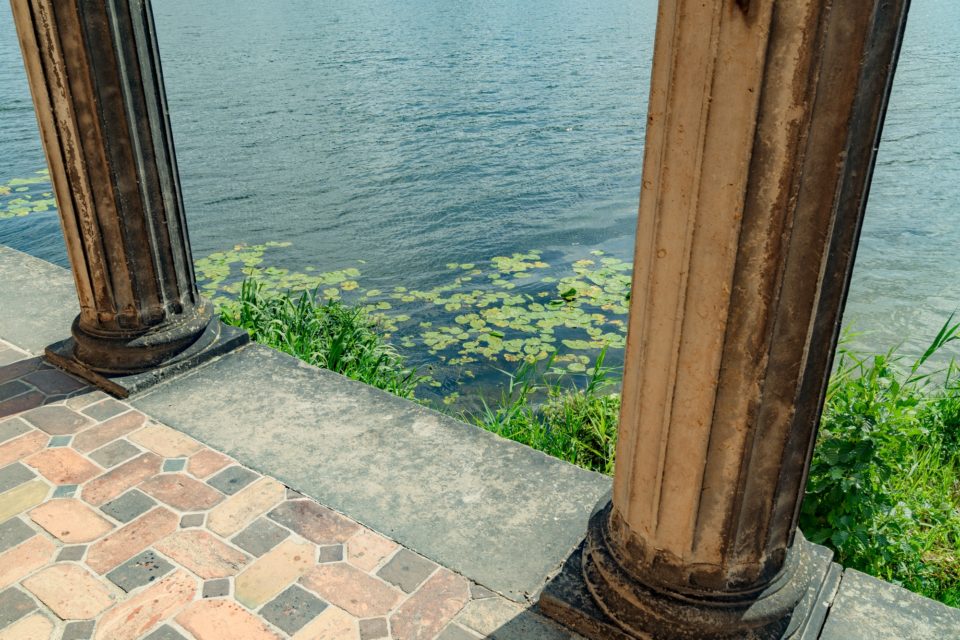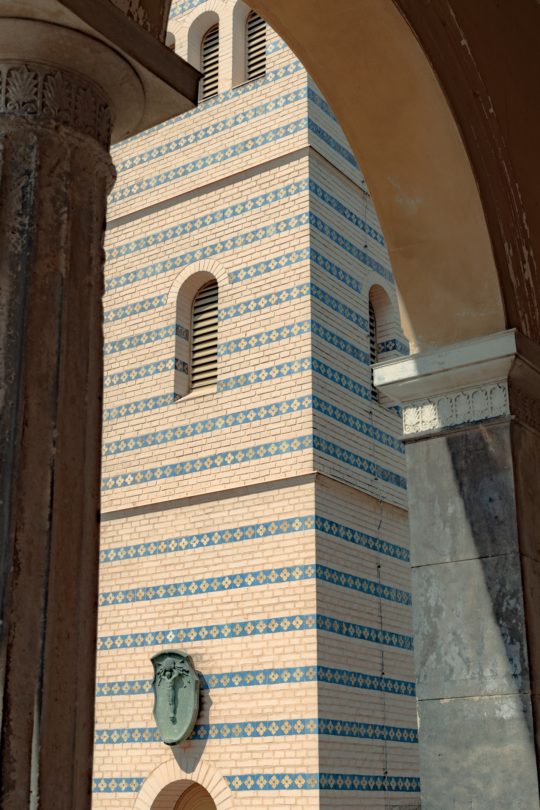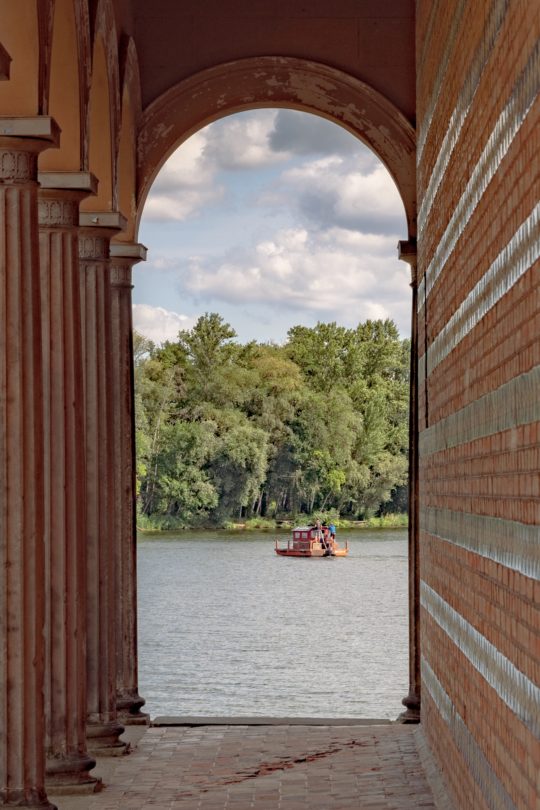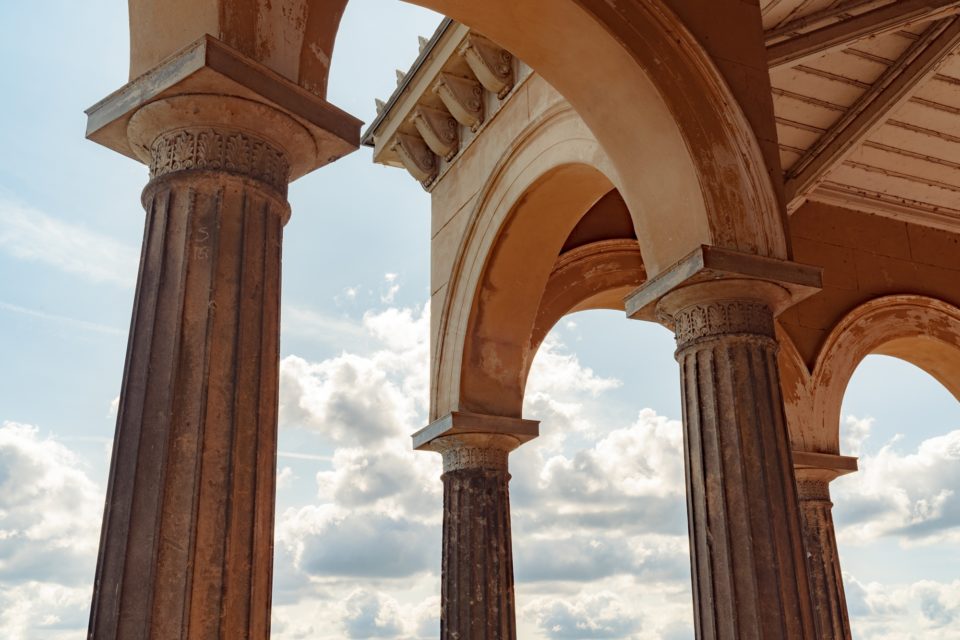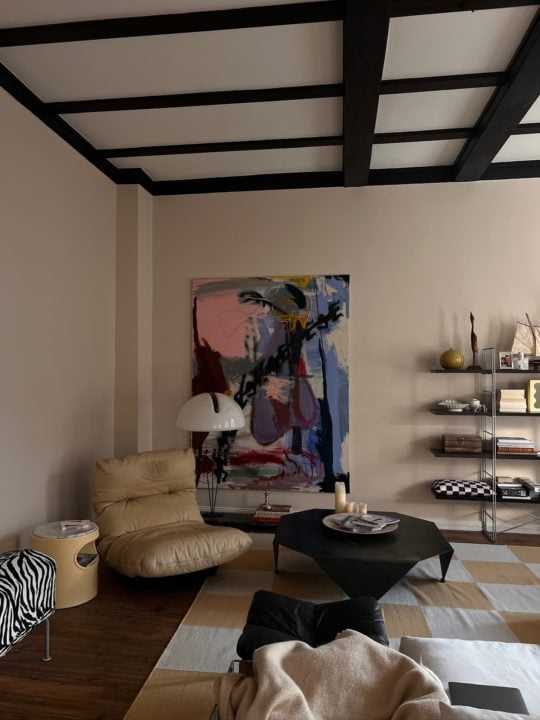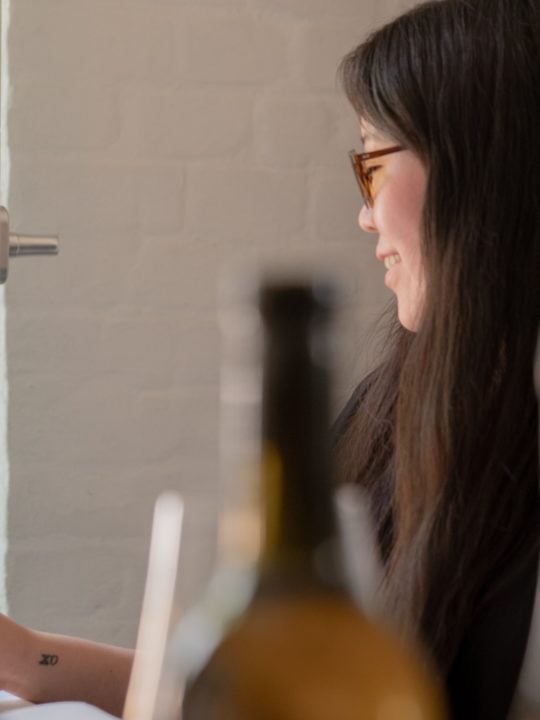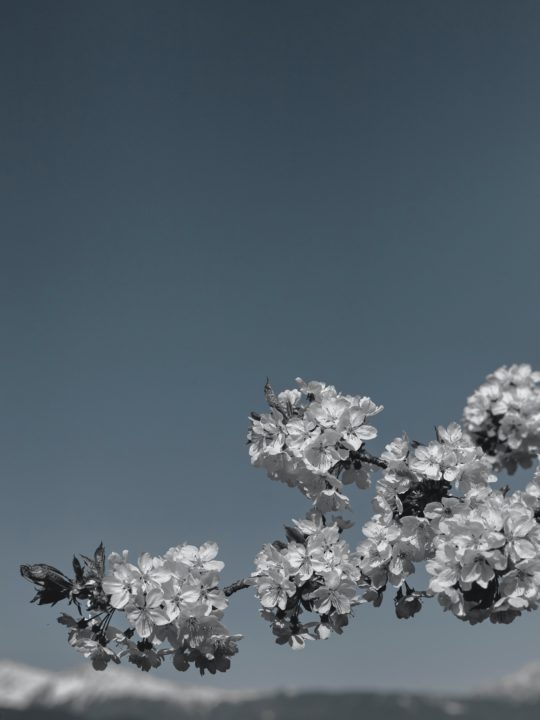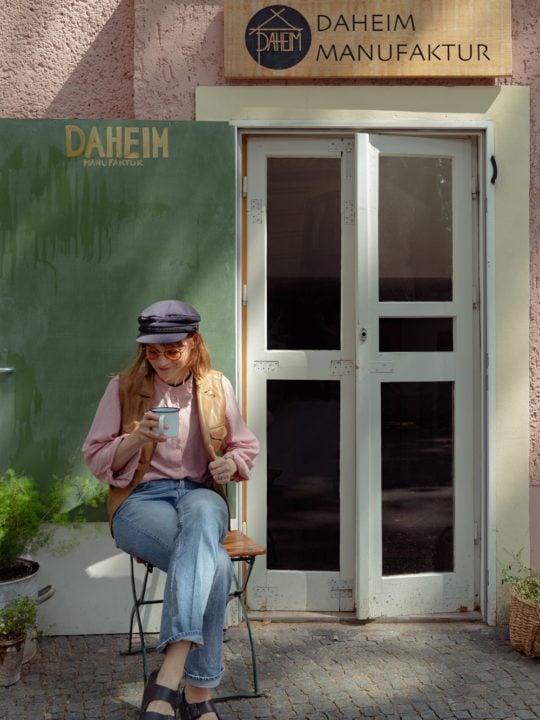A DAY IN SACROW
Exploring beautiful Sacrow in the late summer.
My interest in Sacrow was initially ignited by images of the “Heilandskirche Am Port Von Sacrow”, also known as the Church Of The Redeemer.
Sitting on the water’s edge, hugging the Havel river like a heavy Mississippi steamboat, images inspired notions of older worlds different to the usual Gothic architecture I associate with German churches. With its Romanesque Revival arches framing a seemingly endless Jungfernsee, photos of the place made it seem like a rendered dreamscape, and my curiosity was on fire.
Situated on the Western side of the Havel river, Sacrow is not quick to get to, but the drive there is beautiful. Thick forests and grasslands hug the edges of most of the journey.
You get a sense of disappearing deep into the countryside, even though it’s only thirty kilometres from Berlin’s city centre.
On my arrival, I was somewhat surprised to find the church tucked away inside the expansive grounds of the Sacrow “Schloßpark”. I caught glimpses of the church through giant trees and wild undergrowth, and decided my journey would commence by first wandering through the park itself.
Stepping inside the grounds, an orchestra of buzzing insects erupted around me. A frenzy of activity abounded in the late summer afternoon.
Butterflies, bumblebees and dragonflies bobbed from purple flower to blue, pollinating eagerly as they went.
Following the colour of butterfly wings, I was spirited deeper into the park grounds, eager to explore and be amongst the trees. Having been busy with work, this natural environment felt incredibly restorative.
As I passed a small pond, I found a pathway that led up to an English Oak, said to be a thousand years old. With much of its branches now felled, the ancient giant has seen better days. Old timber lay scattered like lost limbs around its exposed and beaten crown. It’s clear that the tree has weathered many centuries and its survival deserves reverence.
Sacrow is part of the Potsdam area of lakes, castles and landscapes that have been classified as a UNESCO World Heritage Site. The tranquillity of the place makes it hard to believe that the castle grounds were once part of the so-called Spergebiet or “restricted area” during the GDR era. Ironically, the environment flourished into a wild habitat for small fauna and flora, as it lay undisturbed by people.
On the other side of that coin, the church that drew me here, also stood in the no-mans-land between wall and border, and therefore fell into disrepair during this period. The once marvellous structure, built in 1844, stood defiled and unserviceable until its restoration after the fall of the wall.
Now restored to its former glory, it really is a marvellous site. The facade is covered in yellow rose-brick set against blue tiles, reminiscent of Byzantine architecture that influenced the Romanesque styles.
With the warm sun throwing shadows over the mosaic courtyard, the shallow roof and orange glow transported me to other worlds.
The endless columns–framing the structure like a basilica–evoking memories of an ancient Greek temple, floating on the edge of the Mediterranean Sea.

